Chord Substitution & Reharmonisation Basics
When our role on guitar is harmonist (i.e. the chord player), one of our tasks might be to support an existing melody, whether vocal or instrumental.
This melody may already be attached to a standard chord progression. But we have the option as harmonist to substitute or replace one, several or all of the chords in that progression and effectively re-harmonise the melody.
This does two main things...
- It creates variation in harmonic flow, rather than cycling through the same sequence of chords.
- It creates variation in how the melody is interpreted and felt, potentially giving it a whole new mood.
In this lesson, we'll learn the most basic and accessible forms of chord substitution and how these alone can dramatically open up our creative freedom when forming a progression (whether improv or composing). In short, it significantly broadens our potential as harmonists.
Diatonic Chord Substitution
The easiest place to begin is with what is known as diatonic music, which can be thought of as a harmonisation of the major scale. This is the basis of countless compositions, with both harmony and melody (since the two connect).
For example, here are the "natural" (or diatonic) chords that make up the relative keys of C major and A minor...

We can derive many combinations from this harmonised scale to create a chord progression. And we'd expect a compatible melody to be based around some combination of the seven notes of the scale - C D E F G A B - the C major scale. This is diatonic music in a nutshell.
But we can also substitute chords in this scale for those that share the most notes and are therefore harmonically and functionally similar. This means the melody is most likely to be supported by the substitution.
For example, the major tonic (I), C major, shares the most notes with Em (iii) and Am (vi)...
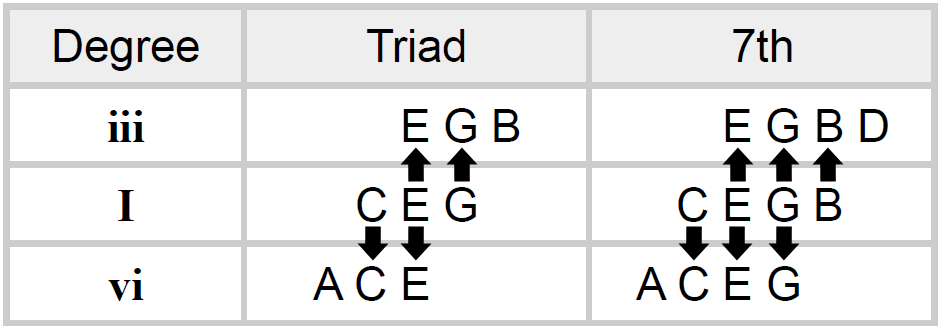
This would make the iii (Em) or vi (Am) good candidates for an I (C) substitution. Inversely, I (tonic) would make a good substitute for iii or vi, given the shared notes and how they connect to the melody.
We'll look more in depth at the potential of these relationships further down. There's another shared note relationship, based around the IV (F in this case)...
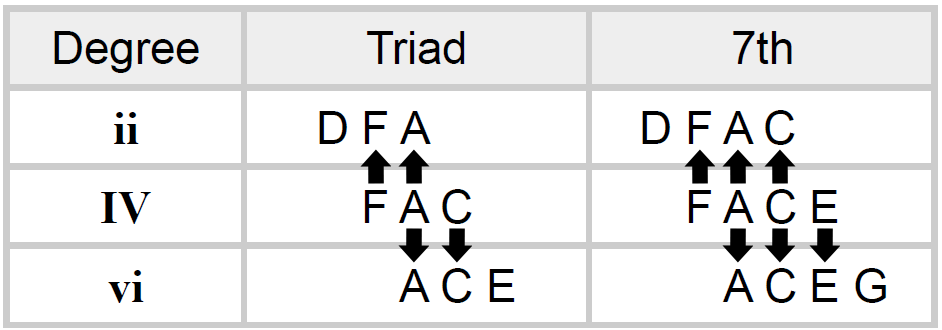
This would make the ii (Dm) or vi (Am) good candidates for an IV (F) substitution. Inversely, IV would be a natural substitute for ii or vi, again given the shared notes.
So that's the basic premise of chord substitution in diatonic keys. We're using replacement chords that share two or more notes with the original chord.
This means the replacements are most likely to fit the original melody, though there may still be some judgement/experimentation required depending on where the melody goes. Think of them like the "safest options" for re-harmonisation, while we're trying to find our feet with it.
Here's a summary of our most common and accessible substitutions...

Side note: You'll notice I also included V and vii substitutions (which are basically inversions of each other). However, dominant substitutions are covered in a separate lesson.
Substitution Chord by Chord
When new to chord substitution, it's perhaps least overwhelming to take things one chord at a time. We can experiment with substituting single chords in a simple progression to hear how they interact with the melody.
First, we need a melody and a baseline progression. This is just a very basic example to help us follow things...

Below are the notes of the above melody along with the chord placement...

So there we have a simple I, ii, V movement that works with the melody. It works mainly because every held or emphasised note (known as a target note) happens to rest on a chord tone.
Let's try a substitution. We know that vi (Am in this case) is a strong sub for the I (C)...

We've now given the melody a more sombre minor key feel. We can interchange between using I and vi (relative major and minor) as we wish, no problem.
Let's now try subbing Dm7 (ii) with its relative Fmaj7 (IV). As we learned earlier, these are especially interchangeable...

We can also add chords to the progression, and using our substitutes is a simple way of doing this. For example, here we substitute Cmaj7 for Em7 half way through the measure...

With Cmaj7
With Am7
Same concept, but we're now breaking up the progression with more substituted changes...

While other chord substitutions will work in certain melodic places, this exercise was just a simple way of demonstrating how we can create variation with our chord playing, using naturally compatible substitutions.
The general advice here is, you don't always have to re-harmonise a melody, but just know that you can if the feeling takes you there.
Target Notes & Chord Tones
To better prepare for more complex and experimental chord substitution and re-harmonisation, we need to get into the correct mindset. That mindset is "think chord tones".
When a melody comes to rest on a given note, typically the chord underneath it will also involve that note, whether as the root, 3rd, 5th, 7th etc. This chord tone becomes like a harmonious "target" that connects the melody with the harmony.
But here's the key thing - that target note created by the melody exists in multiple chords, giving us a choice between several potential chords.
Take a resting note of B, for example...
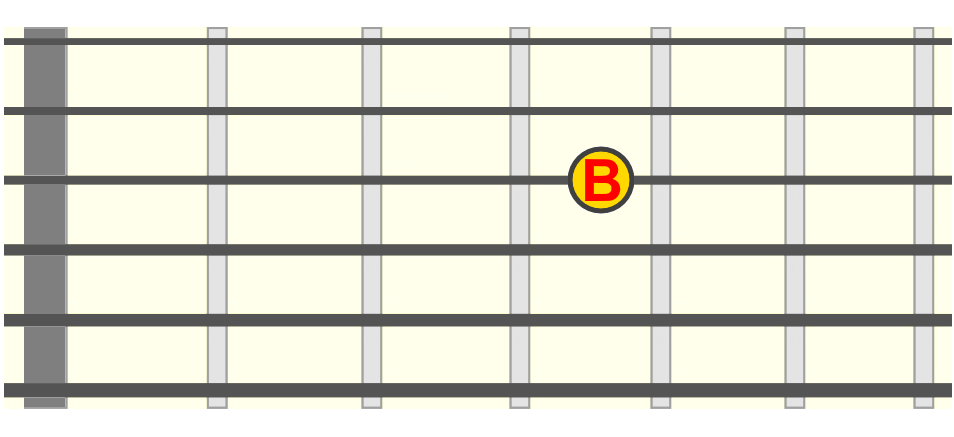
This note exists in a number of chords. Just some examples...
B Major
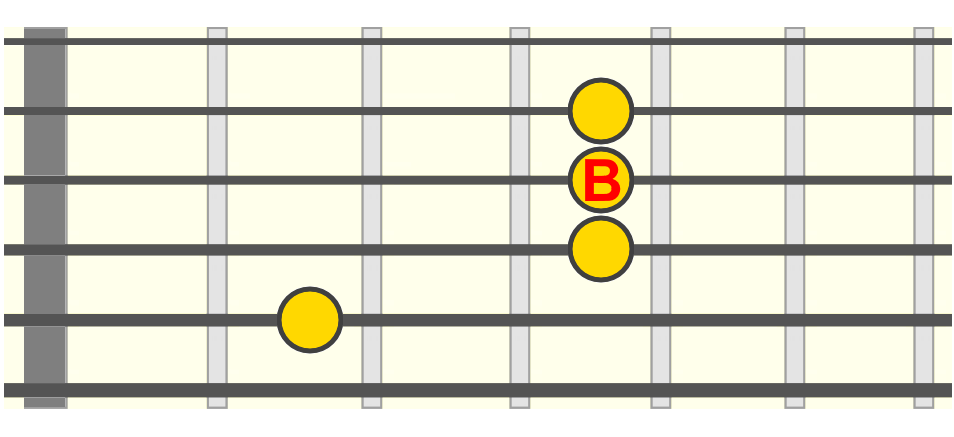
B minor
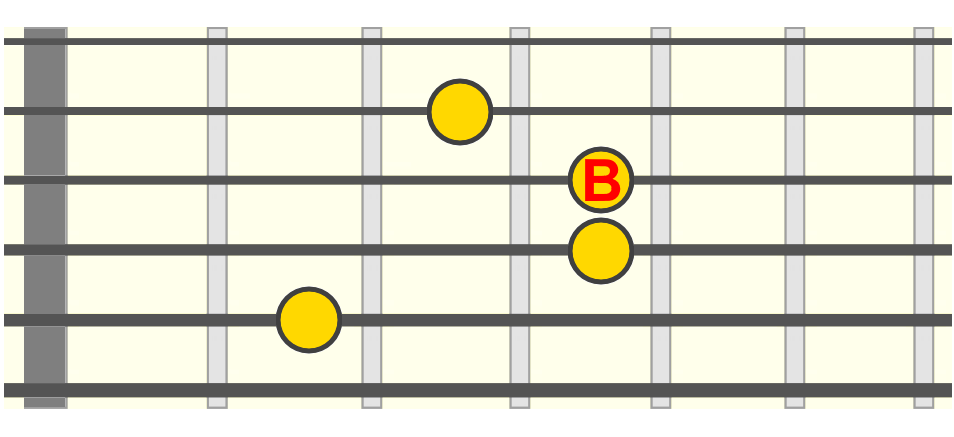
Cmaj7
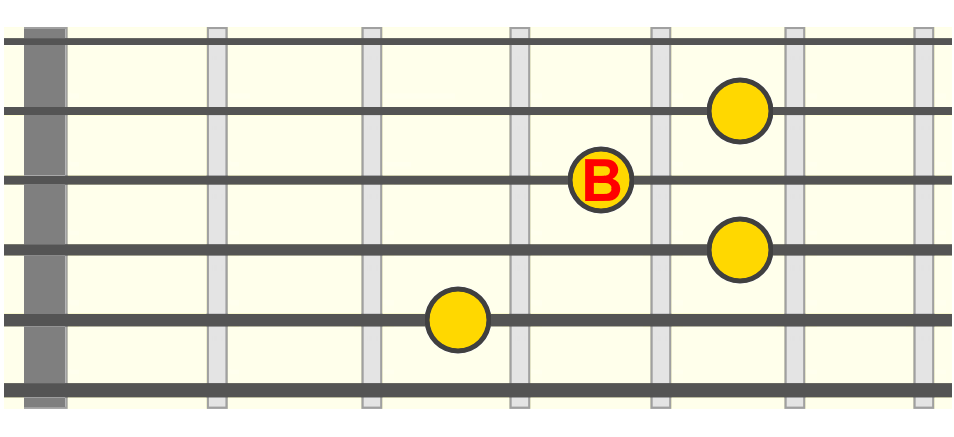
C♯7
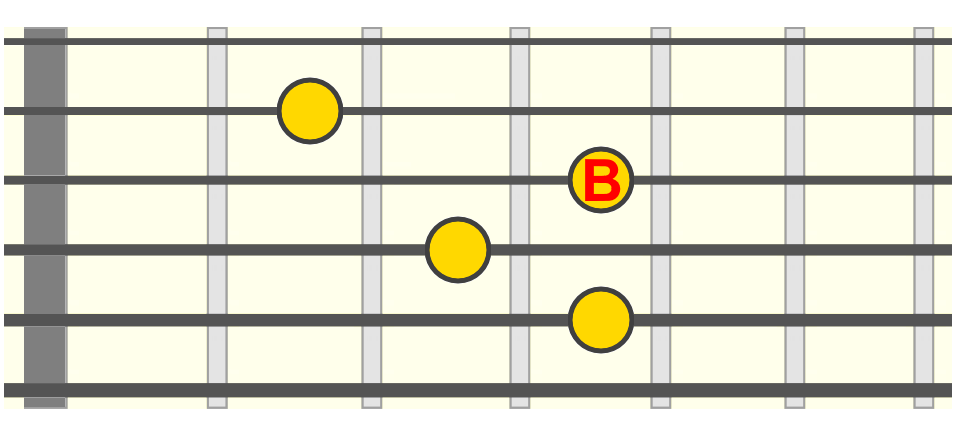
C♯m7
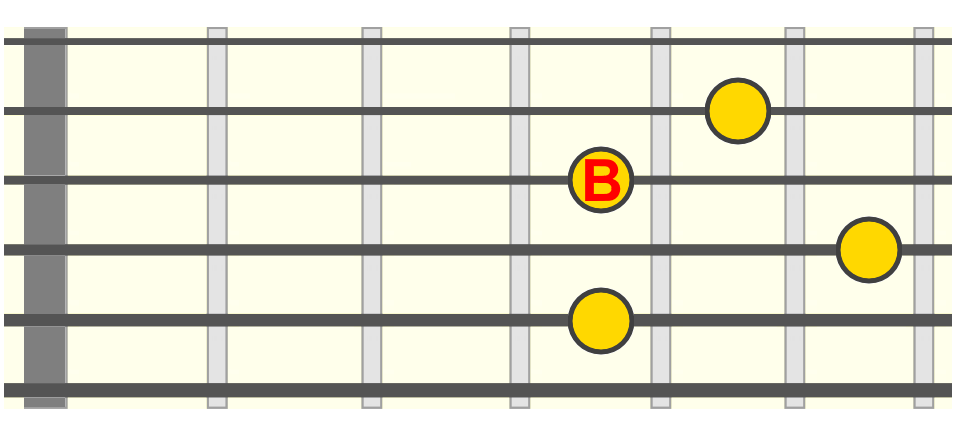
Emaj7
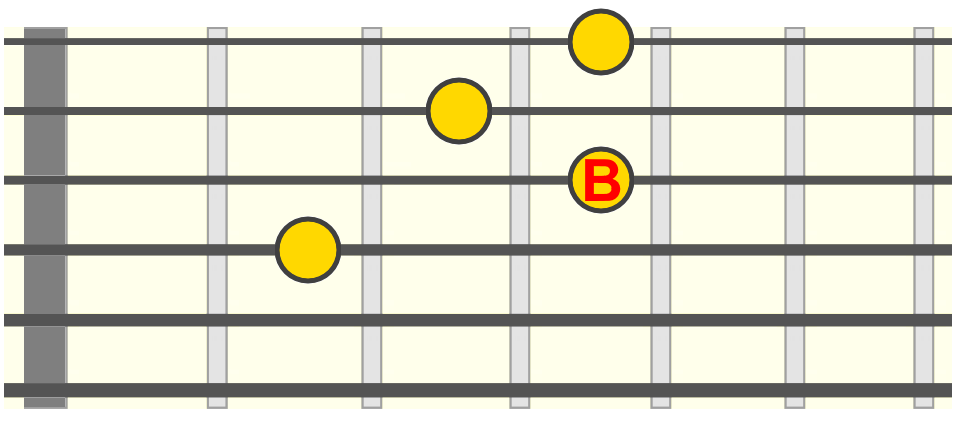
G Major
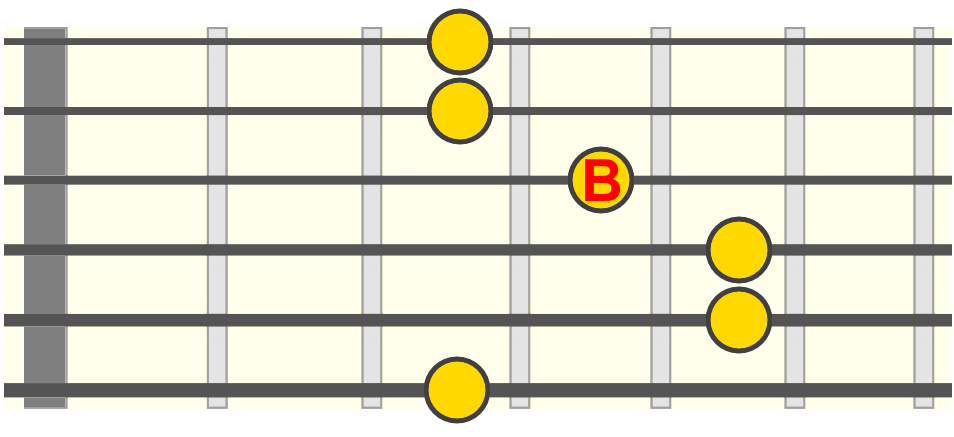
A♭ Minor
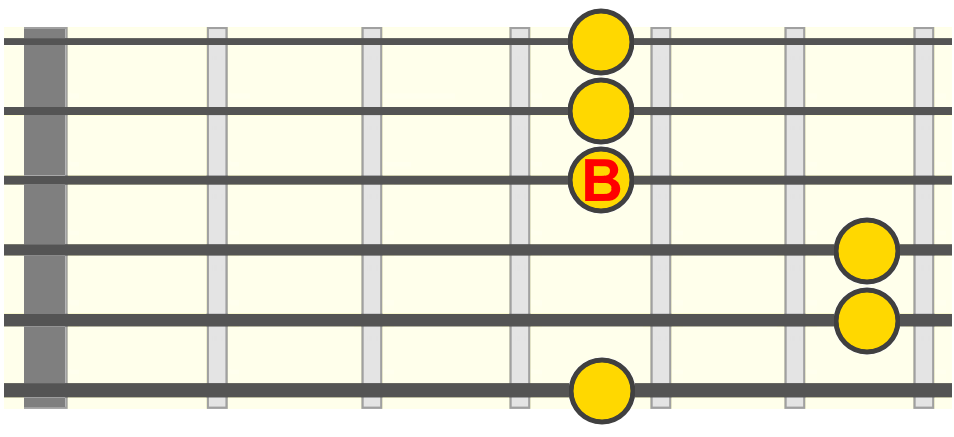
These are all potential chords that could harmonise B. I say "potential", because this is where your ears become the judge in terms of what fits the overall melody and chord progression. But at least we've narrowed down our options somewhat!
With chord substitution, there will inevitably be some trial and error. But that's OK. Think chord tones and go from there.
What we initially learned, with the diatonic substitutions, is the most accessible form of chord substitution, given that a lot of (if not most) music out there is diatonic. We'll be sure to explore more complex forms of substitution and re-harmonisation at a later date.
Until then, I hope this lesson has given you a solid foundation for further exploration!
